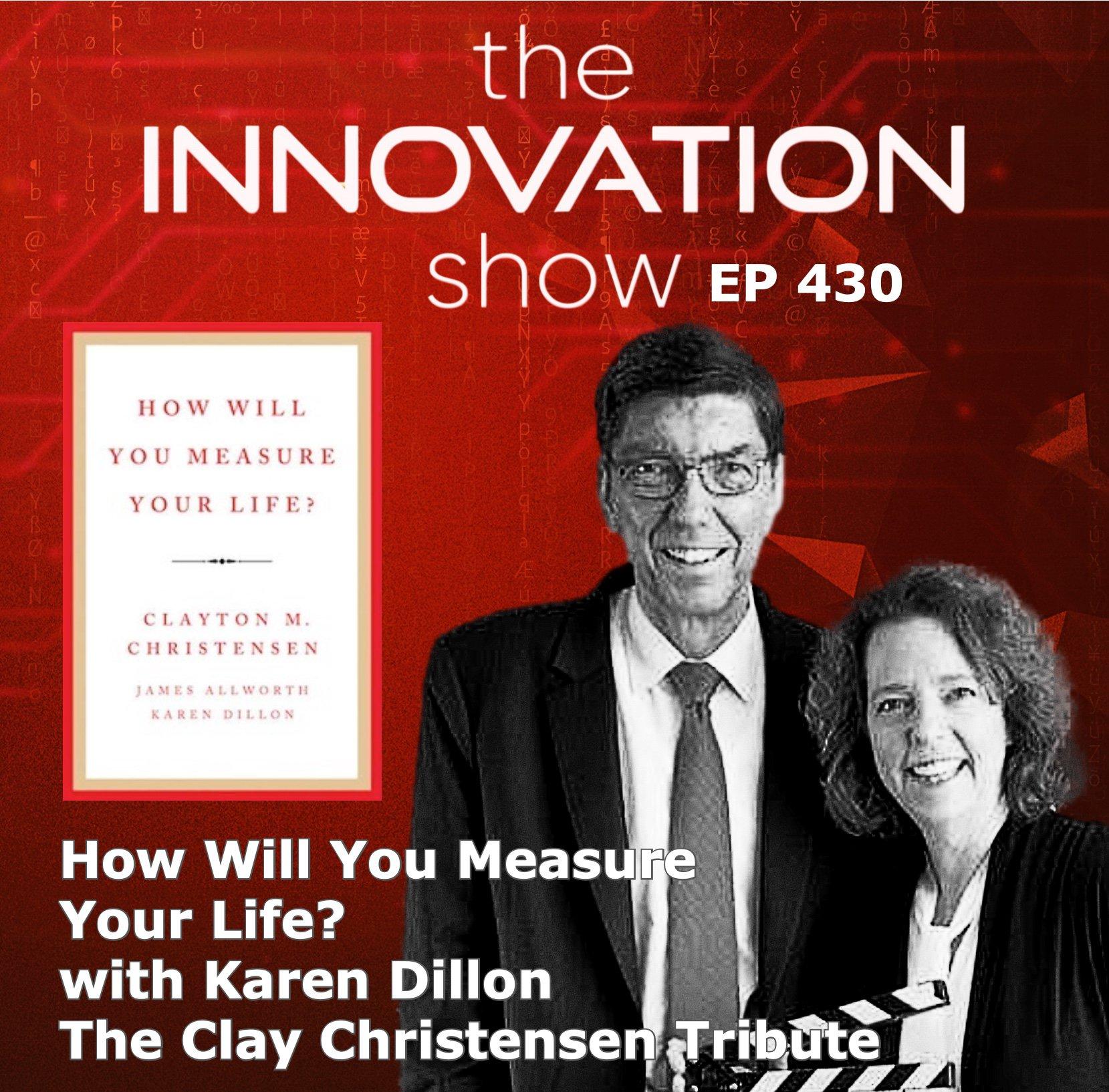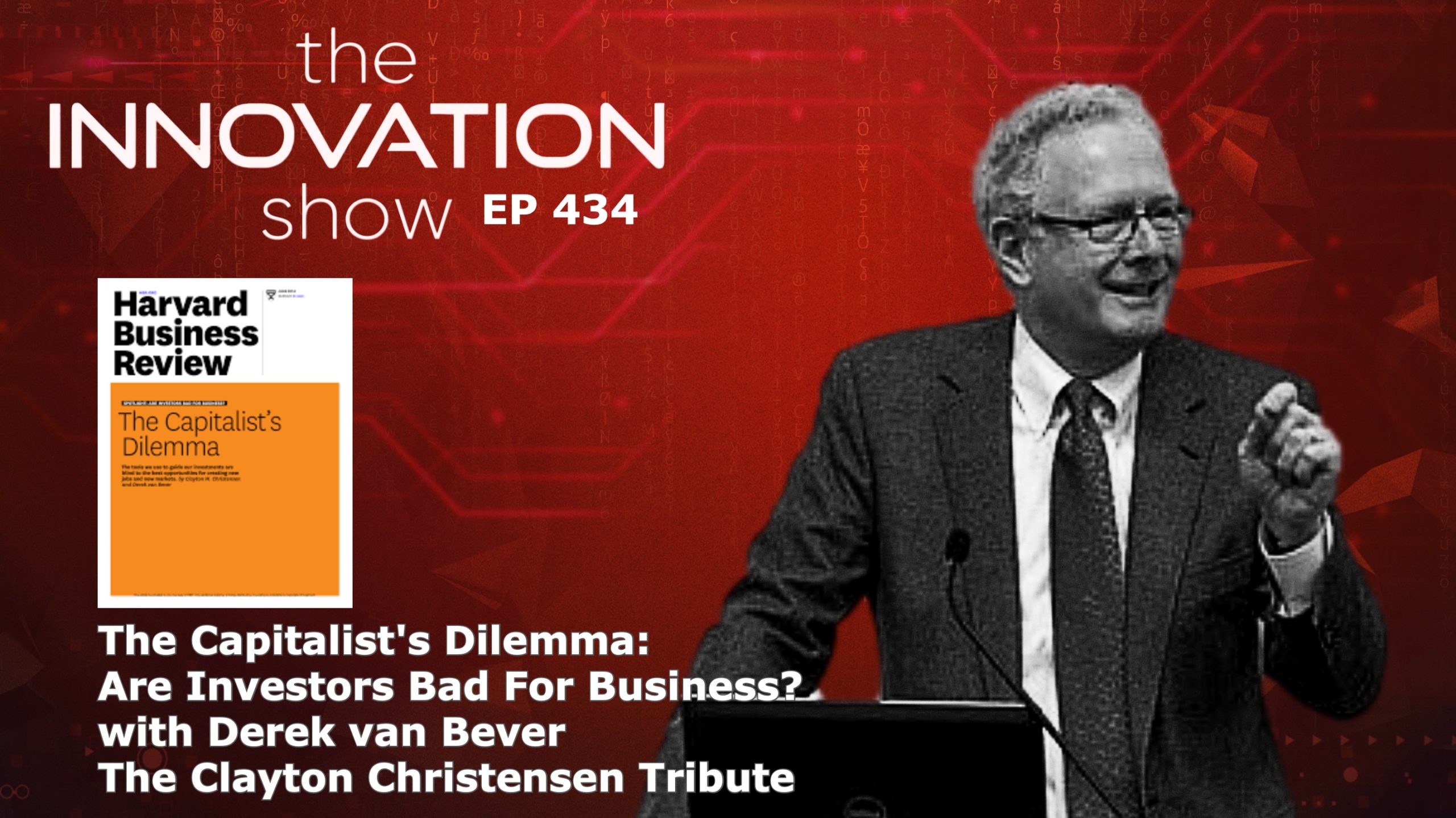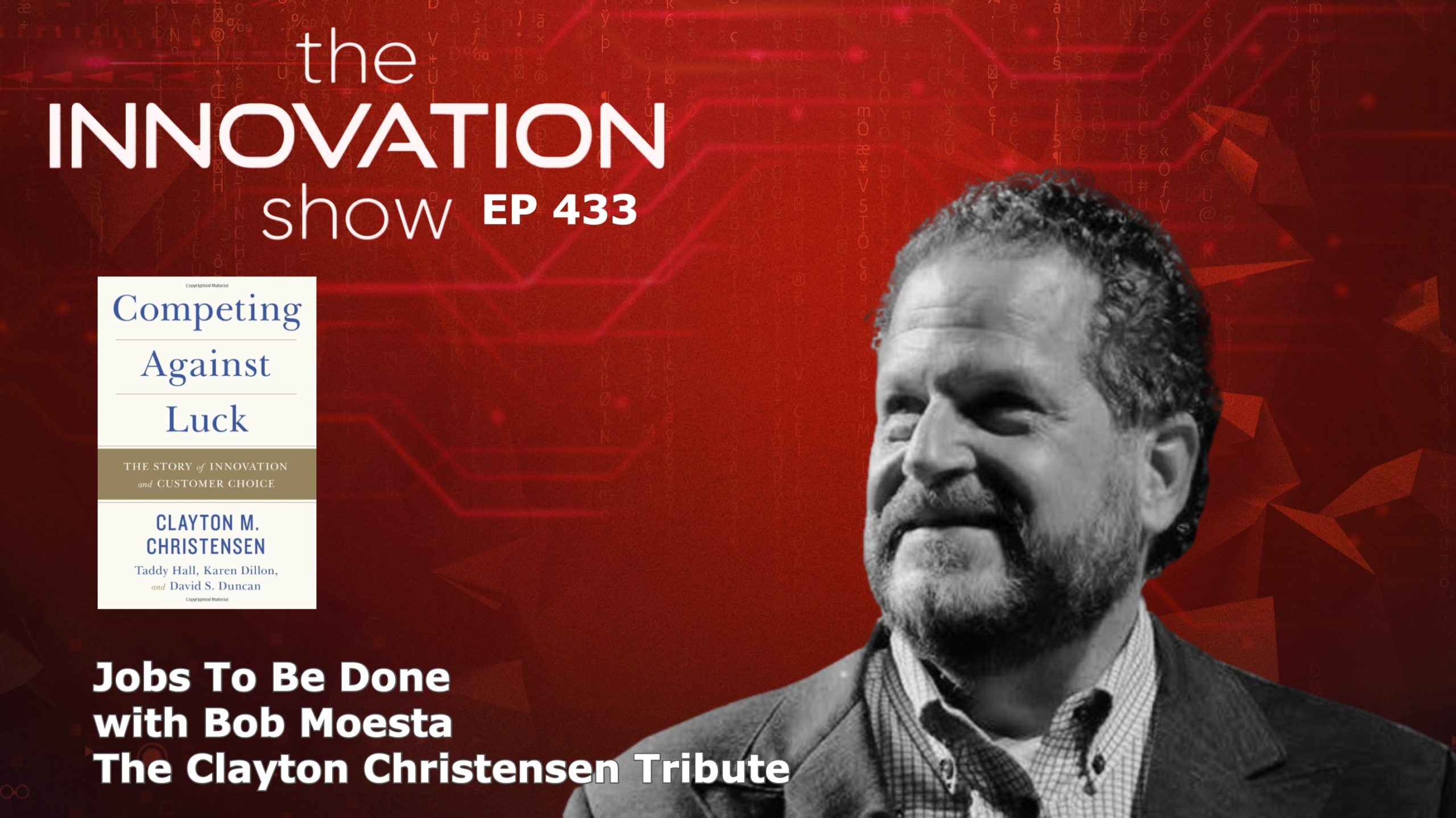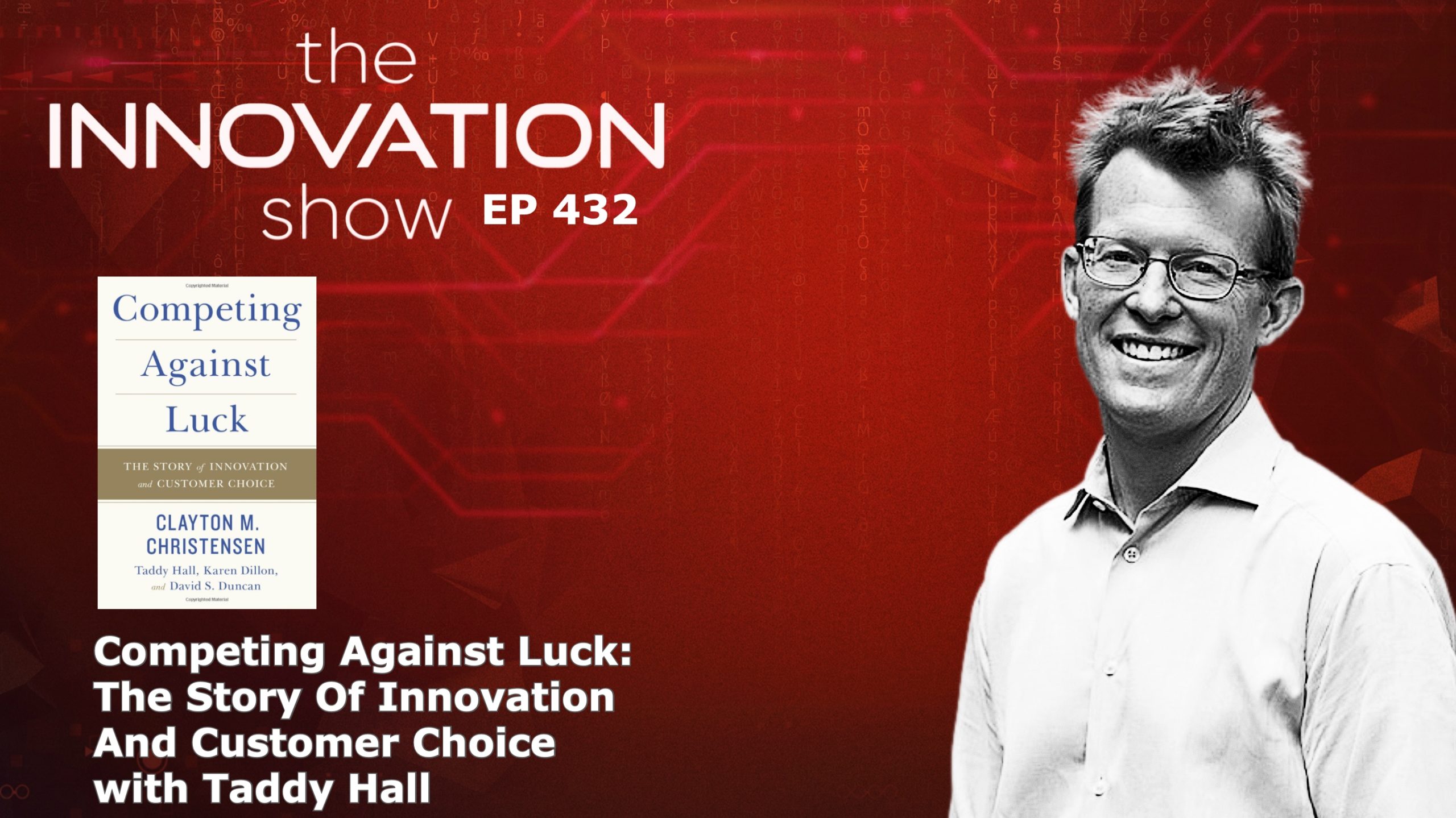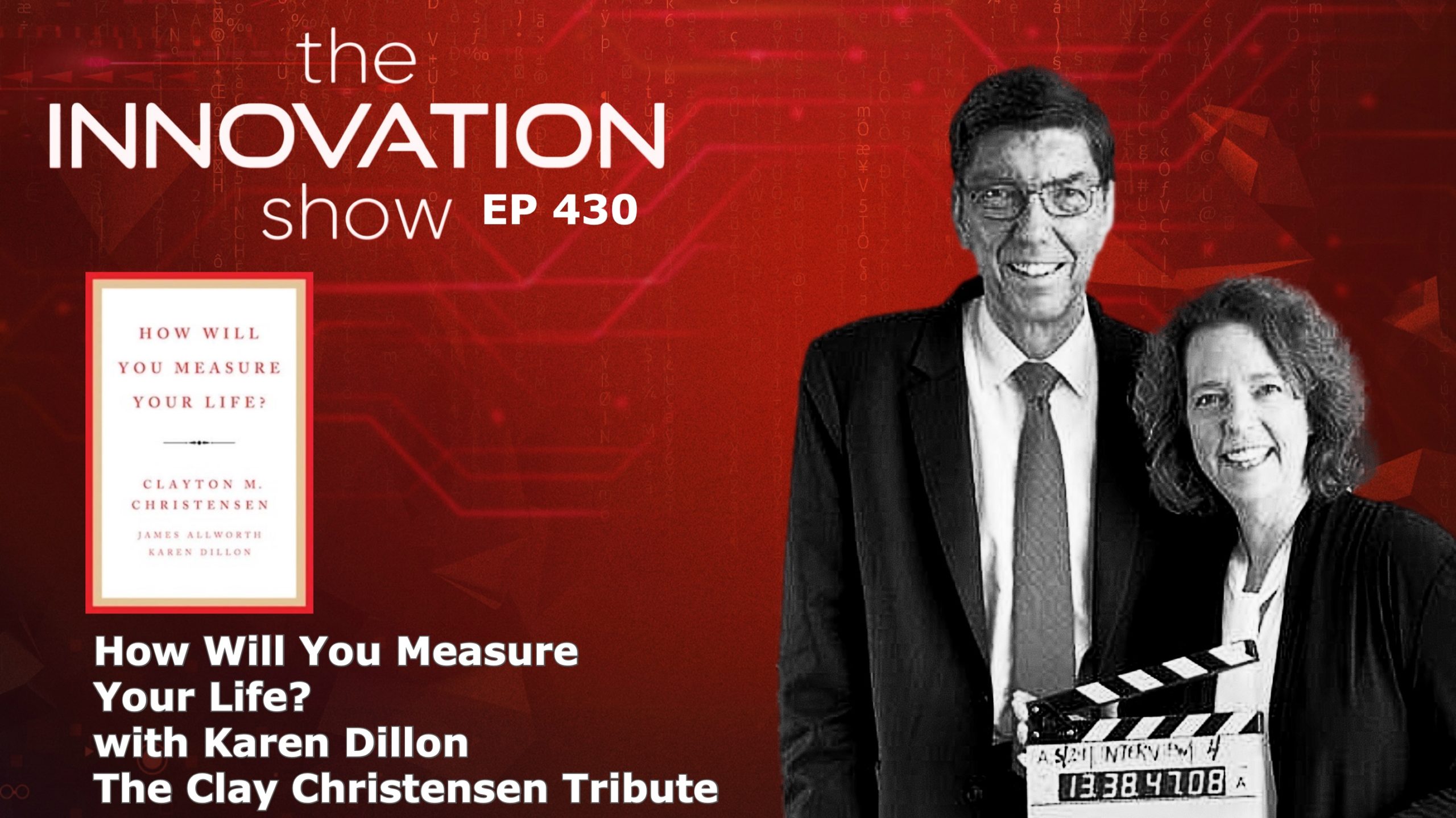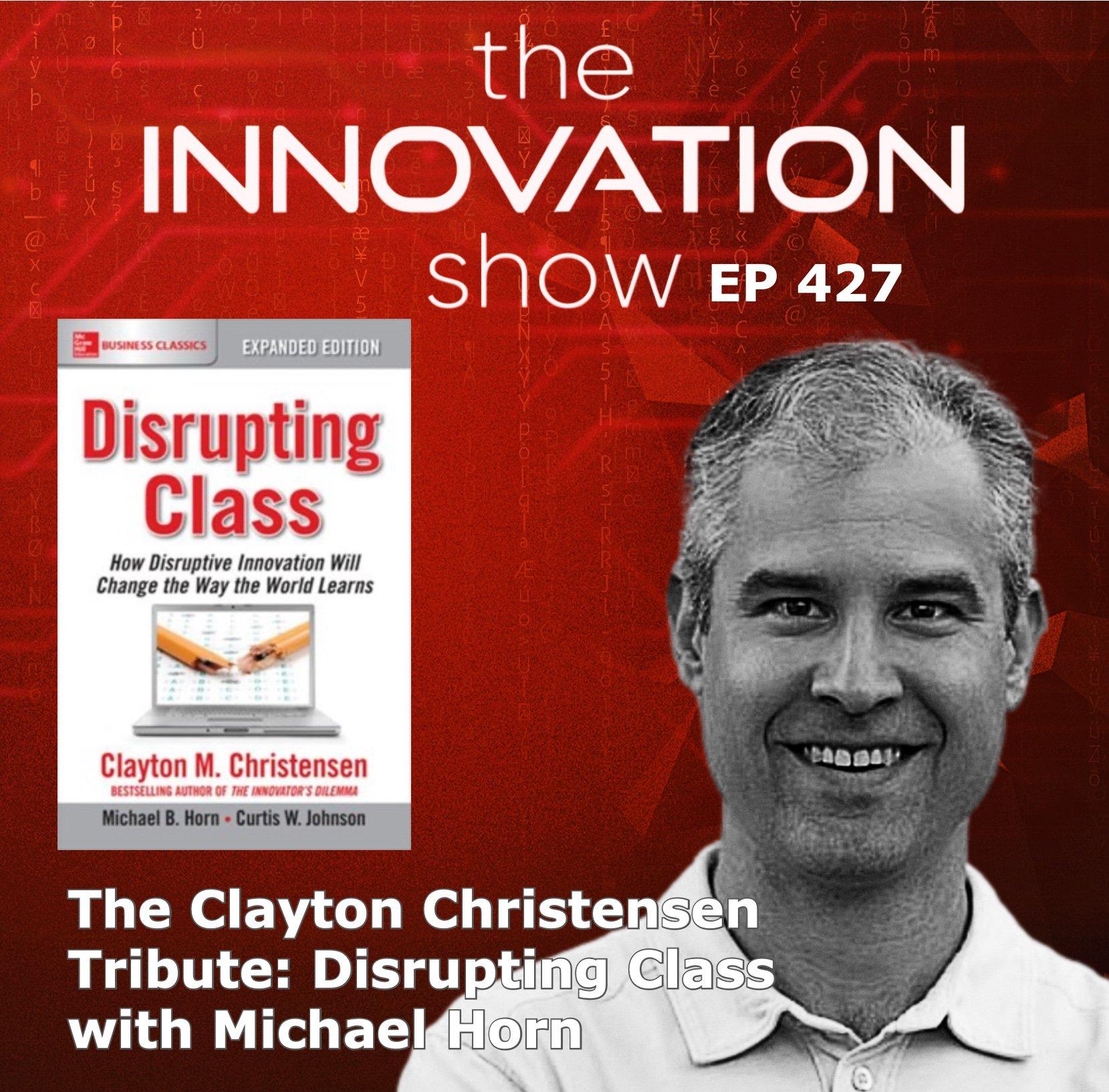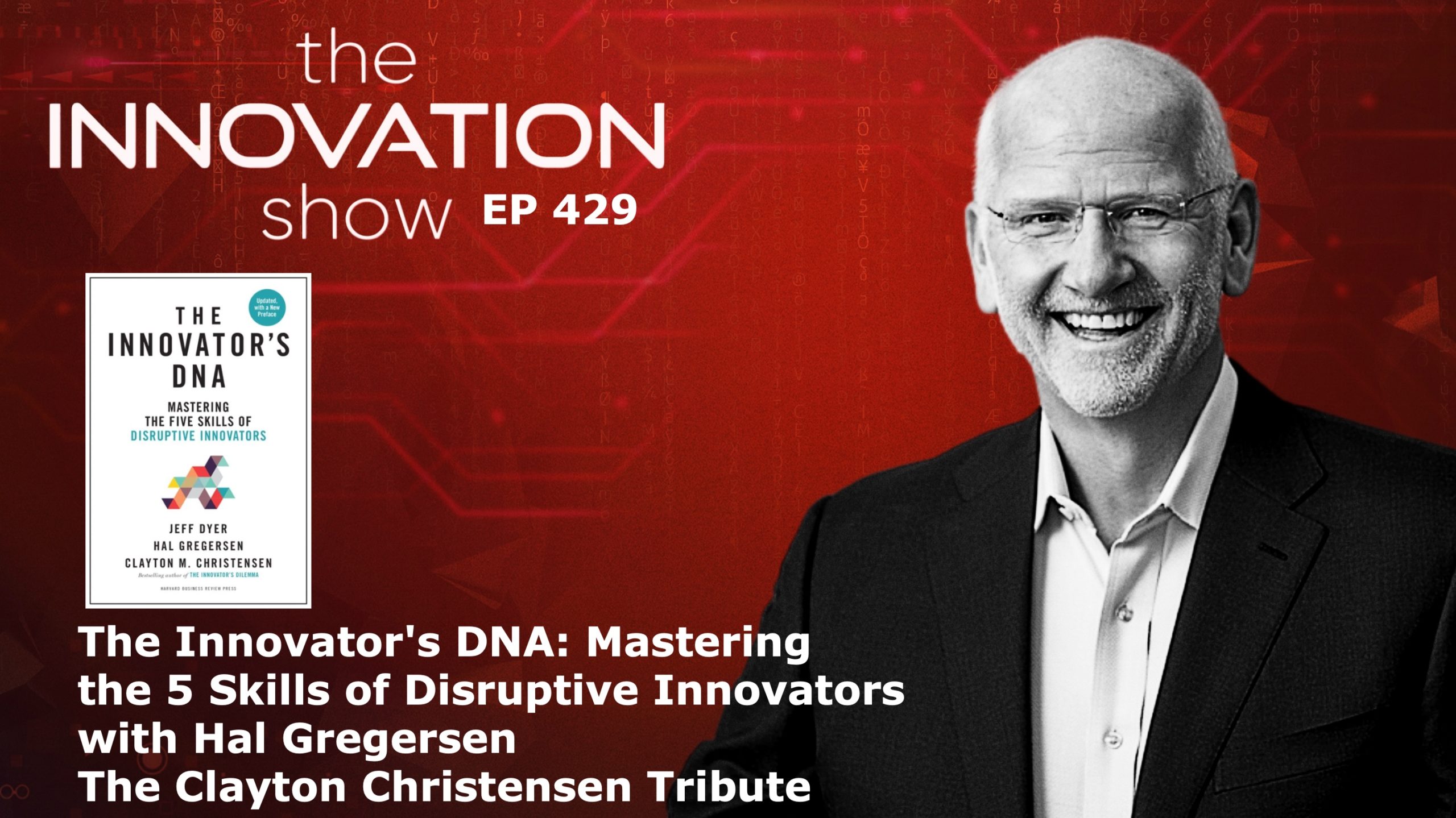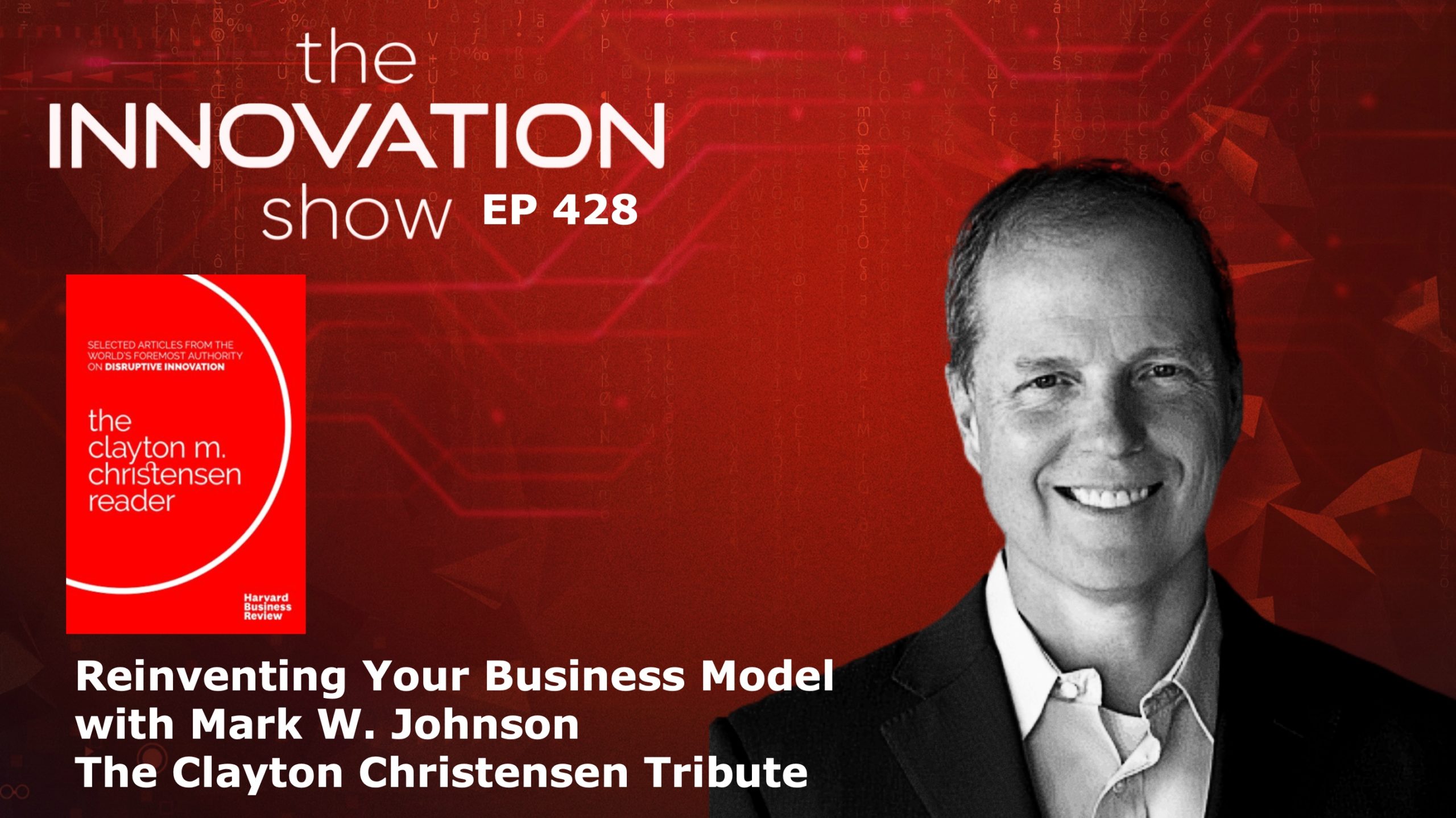Like an old machine emitting a new and troubling sound that even the best mechanics can’t diagnose, the world economy continues its halting recovery from the 2008 recession. Look at what’s happening in the United States: Even today, 60 months after the scorekeepers declared the recession over, its economy is still grinding along, producing low growth and disappointing job numbers.
One phenomenon we’ve observed is that, despite historically low-interest rates, corporations are sitting on massive amounts of cash and failing to invest in innovations that might foster growth. That got us thinking: What is causing that behaviour? Are great opportunities in short supply, or are executives failing to recognise them? And how is this behaviour pattern linked to overall economic sluggishness? What is holding growth back?
Most growth theories are developed at the macroeconomic level—at 30,000 feet. That perspective is good for spotting correlations between innovation and growth. To understand what causes growth, however, you have to crawl inside companies and the minds of the people who invest in and manage them. This article (which builds on a New York Times piece Clay wrote in late 2012) attempts to form a theory from the ground up by looking at company experience.
They are the words of the authors of a beautiful paper; one is Clay Christensen and the other is his collaborator, and someone you know would have co-authored at least one book with Clay. Indeed, I feel this article was headed towards becoming a book.
It is a pleasure to welcome a great friend of Clay Christensen, yet another soul deeply touched by the man, the author of “Stall points” behind me on the shelf and author of the 2014 paper, The Capitalist’s Dilemma, Derek van Bever.
